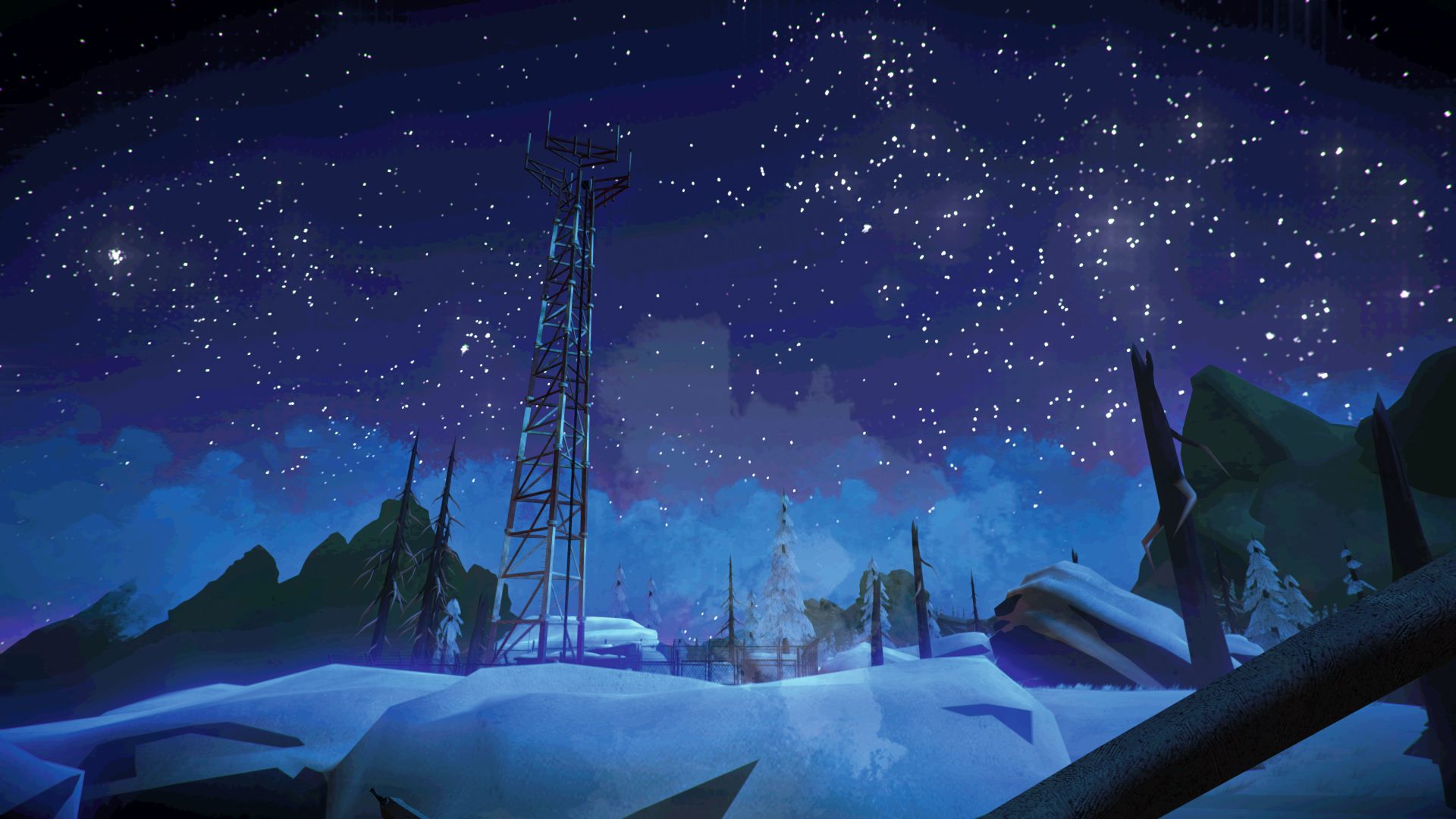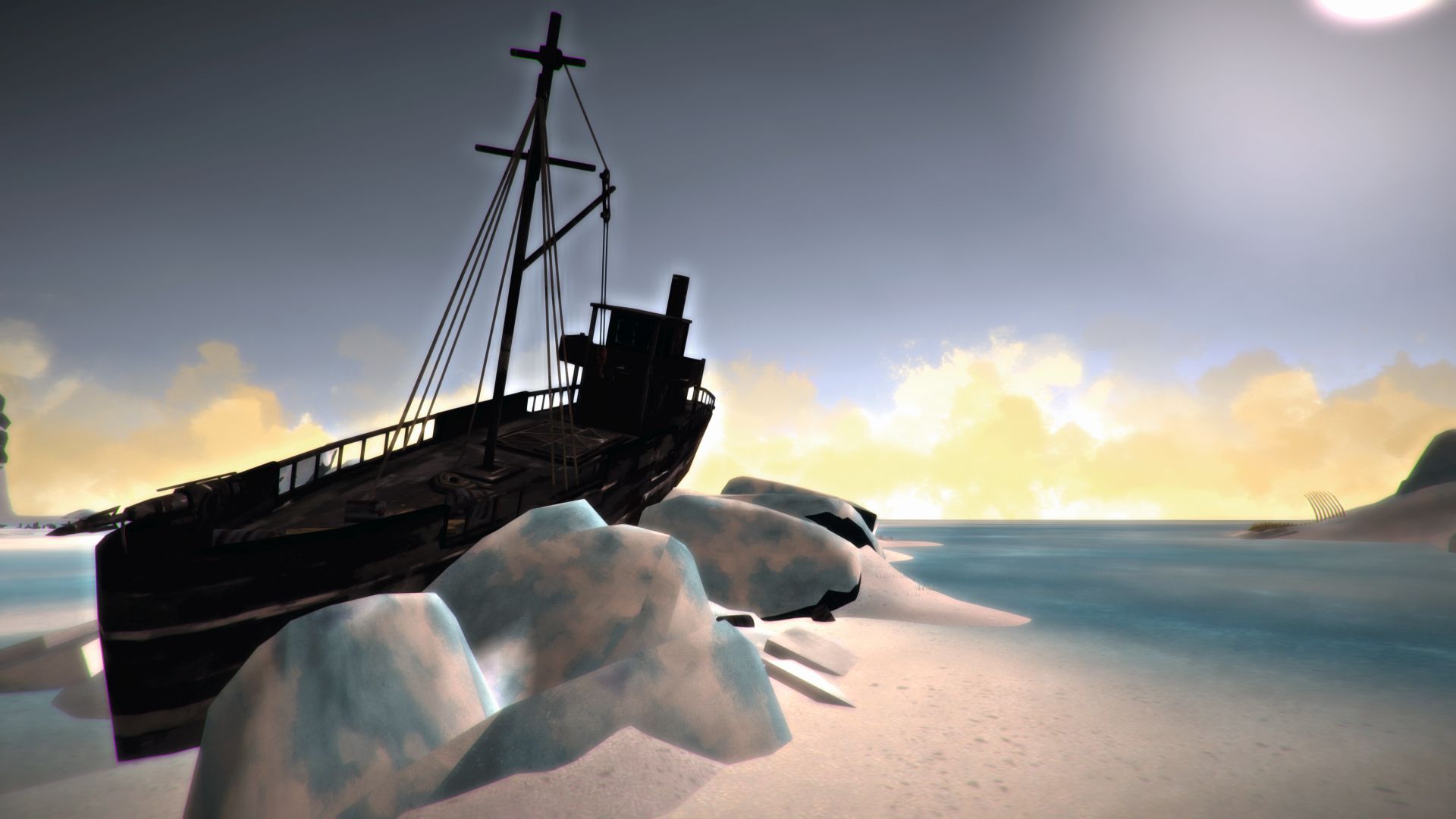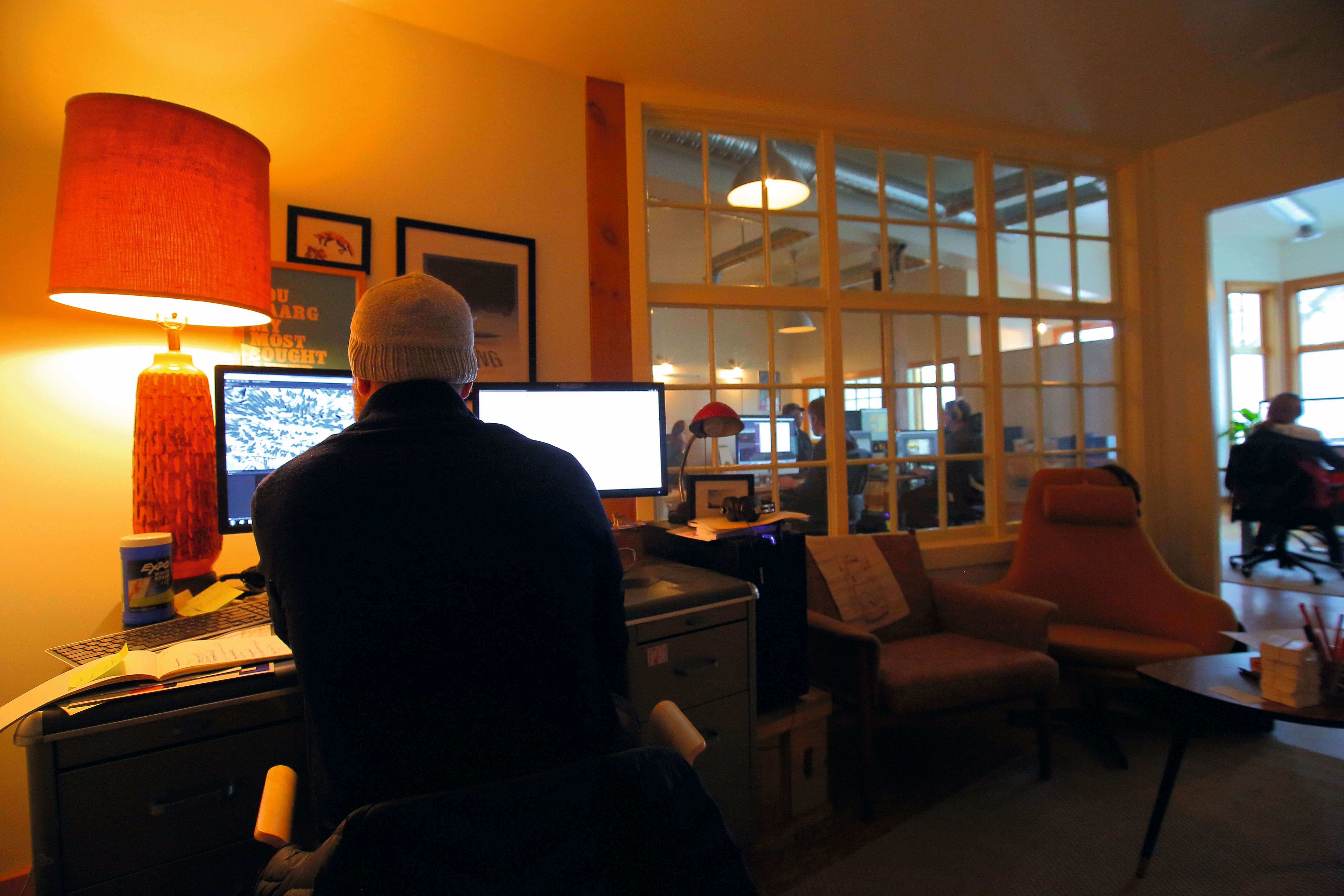Creating a killer wilderness in The Long Dark

“Part of the challenge is making an experience that is representative of being alone in the wilderness, but entertaining at the same time,” says Heise. “When you’re in a place without people, little things in the natural world become more apparent. The sound of the wind through the trees, observing animals in their natural habitat. Moving through these spaces creates a deep connection that’s often lost in urban environments, and we want to evoke that connected feeling in The Long Dark.”
Heise knows this feeling intimately, having completed the famous Pacific Crest Trail—a gruelling 3,000-mile hike from Mexico to Canada that was recently the subject of Jean-Marc Vallée’s film Wild. I ask him if he had to resort to any of The Long Dark’s survival techniques on his journey.
“Basic first aid, gear management, and route navigation while enduring hot and cold weather were things I had to be constantly aware of. I also did multiple repair jobs on my pack and shoes and harvested edible plants. This experience definitely informed my work on The Long Dark.”
“I feel very comfortable working in this kind of environment,” says Eric Gabas. “My back yard in Kitimat is a forest that goes on for hundreds of kilometres before you see any asphalt roads. Kitimat is an indigenous name meaning ‘snow people’, and I remember the snow reaching as high as the rooftops some winters.”
It’s impressive that, even with those stylised, almost cartoon-like visuals, The Long Dark’s frozen wilderness still feels very real. “Realism is a subjective measure that has nothing to do with how something looks,” says van Lierop. “It has to do with how something feels. As long as our experience feels coherent and true to its own internal rules, it feels realistic. To me, this is a reminder of how misplaced the race for photorealism in graphics has been for our medium.”

“Our textures are hand-painted,” says Gabas. “We use the same Photoshop brushes our concept artist uses. We use a little visual overlay in our textures and on-screen, which makes them look less perfect, and more like the art.”
“We’re often fighting people’s preconceptions about realism more than realism itself,” says van Lierop. “An example of this is how we handle starvation. In reality, starvation would be a long, drawn out process that would take weeks to kill you. In the game it can have dire consequences within a few days.” This, he says, creates a more compelling interval in which to try to solve the problem. “This immediacy makes it meaningful, even though it’s not strictly realistic.”
The biggest gaming news, reviews and hardware deals
Keep up to date with the most important stories and the best deals, as picked by the PC Gamer team.
Audio is also important. The Long Dark’s sound design is as impressive as its art, from the cold crunch of snow under your feet to the ghostly howl of a blizzard. “A lot of our sounds come from foley recordings we’ve done ourselves,” says van Lierop. “It’s a combination of great source material and the wonderful artistry of our sound team. Audio is unusually critical in this game as we present a lot of gameplay-relevant information through audio cues. It’s part of the user interface.”
The Long Dark’s minimal interface has been steadily improving since the first alpha release. As well as Sims-style meters that tell you how hungry, tired, cold, or thirsty your character is feeling, your character vocalises their needs, too. You also spend a lot of time rooting through your backpack for stuff, rummaging through the many items you’ve scavenged on your travels.
“Inventory management is a challenge in any game,” Heise explains. “Our particular challenges lie in making it feel, as much as possible, like the player is sorting through a real backpack and how they would organise and maintain their gear.”
The struggle, he says, is in creating an immersive system that reflects the reality of managing a pack, while also creating an easy to use interface that doesn’t frustrate the player. “We’re constantly thinking of how to balance these two goals, which often seem at odds with each other.” The idea, he tells me, is to keep the player as immersed as possible. “There’s still some work to do, but with every update, we get closer.”

The Long Dark’s development has been a change of pace for Hinterland. After raising almost $200,000 on Kickstarter to get the project up and running, it’s been in Early Access on Steam for a year, and has sold over 500,000 copies. “The Long Dark would be a shadow of its current self if not for Early Access,” says van Lierop. “We came to the platform with some ambitions, and then were able to far exceed those due to the overwhelming support from the community—both in terms of revenue and engagement.”
The game’s community is very vocal about the direction they’d like to see the game go in. The Hinterland team listens to them, but they also have to follow their own instincts.
“There’s definitely a balancing act,” says van Lierop. “We’ve always been clear with our community that we want their feedback, but they don’t drive development. And we’re fortunate that they’re comfortable with this. It’s a level of trust that we don’t take for granted, and we constantly strive to exceed their expectations.”
I ask him what the biggest challenge has been in moving from a large studio to a small indie outfit. “Generally, learning to do more with less. Beyond that, the challenges have changed depending on the phase of development. When we started, it was keeping the lights on. Now it’s living up to expectations, including our own.”
The Long Dark’s journey is far from over. For the past year the focus has been on its survival systems and sandbox. The team are trying to make the game as tight and playable as possible, and nailing down its distinct look and feel. But the next step is more ambitious: they’re making a story. With voice acting by Mark ‘Commander Shepard’ Meer, it’ll be the tale of a bush pilot, Will Mackenzie, whose plane crashes in the Canadian wilderness after a mysterious, apocalyptic event. Combining survival with a focused narrative is an intriguing idea, and I can’t wait to see what they come up with.
If it’s set in space, Andy will probably write about it. He loves sci-fi, adventure games, taking screenshots, Twin Peaks, weird sims, Alien: Isolation, and anything with a good story.


